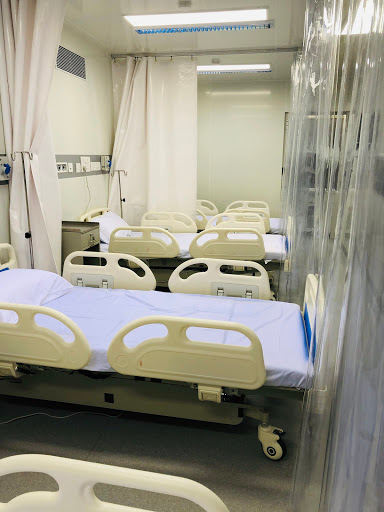Asian Paints, a Mumbai-headquartered India’s largest multinational paint company, has been known for creating some really humourous television advertisement campaigns (TVCs). I have personally liked and enjoyed watching TVCs from Asia's fourth largest paint company claiming to have a turnover of Rs 202 billion. However, their latest TVC for the Shyne range of paints for interior and exterior walls that I came across a week ago was purely in bad taste to say the least.
Not sure if you have seen it yet? Unfortunately, I'm unable to share the video weblink of the TVC because it’s been removed by the uploader at the time of writing this piece. Am not sure if the advertisement has been taken off air as well. I’d seen it yesterday or the day before while catching up on my daily dose of comedy serials on Sony SAB and &TV. (UPDATE as on August 30, 2020 - The advertisement continues to be showcased in a truncated form on some TV channels and in full on a few others.) I was unable to reach Asian Paints for an official comment on the status of this TVC and their reasoning behind giving this campaign a go ahead. A few memes of this TVC are in circulation as well so do look it up on Google or YouTube for the message this company was painting in the market.
Just to tell you briefly, the TVC basically attempts to create an impression on a small town boy’s friends about the shiny wall paints and that the boy’s family must have loads of money to be able to afford a high quality paint for their house. The discussion veers into undertaking foreign travel for holidays because the boy brags about having loads of money. That’s when destination Singapore comes into play leaving the boy's friends in awe.
The next scene shows the boy’s father entering the house with train tickets in hand, announcing that the family is going to Kolhapur for holiday. The father adds that they will get 'Kolhapuri chappals" for the boy’s friends on their return journey. In a catch 22 situation, the boy is seen making faces expressing disappointment while his friends poke fun at him and call his bluff.
This TVC might seem to be a light-hearted humour to many. But, I’d like to differ on that opinion. And this is purely from the point of view of an Indian citizen and a customer of products manufactured by Asian Paints. I understand there is already a huge uproar on this inappropriate ad campaign from local political parties and consumer groups in Kolhapur.
I can’t blame them either. Just imagine, an Indian MNC downgrading an Indian city/ destination in the minds of young Indians. How does it classify to be a light-hearted humour? If our domestic destinations are going to be looked down upon by such messaging from large Indian MNCs, how do we expect to preserve heritage into the minds of our children, forget instilling a sense of pride.
What’s further appalling is that the advertisement has been conceptualised by none other than Ogilvy India. This agency has, in the past, made some really wonderful and laudable campaigns including “Incredible India”. Additionally, Ogilvy has worked with Madhya Pradesh Tourism, Maharashtra Tourism Development Corporation (MTDC) and Gujarat Tourism to name a few on creating their respective tourism campaigns.
Taking these into consideration, I am sure the agency executives are well aware of the hard work that goes in creating a long lasting positive impact for domestic destinations in the minds of the domestic and international travellers alike. And after knowing all this, they come up with something that’s utterly disgusting not only for the people of Kolhapur but the entire nation.
There’s no doubt about Singapore being a world class island city-state and its potential to attract tourists from across the globe. However, as an Indian company we also need to take pride in our heritage and this TVC basically attempts to demean/ degrade a prominent Indian city and a domestic tourist destination. More so because Kolhapur has a rich cultural and historical heritage in addition to being of special religious significance - The Ambabai Temple is one of the Shakti Peethas listed in various puranas of Hinduism. You can read more about the significance of Kolhapur as a tourist destination here.
In a world dominated by digital and social media platforms, a right advertising campaign / message can work wonders for the company and its brands. However, if marketing managers and brand custodians are going to take things for granted the impact will be seen on the company’s goodwill and the consumer connect the brand has established through decades of hard work. Asian Paints, where exactly thy heart is?
(The writer is a Mumbai-based independent business journalist and has extensively covered diversified consumer businesses over the last two decades. He can be reached at hello@ashishktiwari.com)




